Increased Applications in Aromatherapy
The expanding applications of hydrosols in aromatherapy represent a significant driver for the Hydrosols Market. Aromatherapy, which utilizes essential oils and hydrosols for therapeutic benefits, has gained traction among consumers seeking holistic wellness solutions. The market for aromatherapy products is anticipated to reach substantial figures, with estimates suggesting a growth rate of around 8% annually. Hydrosols Market, known for their gentle nature and aromatic properties, are increasingly favored in this sector. Their versatility allows for incorporation into various products, including diffusers, sprays, and personal care items, thus broadening their appeal and usage. This trend indicates a promising future for hydrosols as they become integral to wellness practices.
Sustainability Trends in Manufacturing
Sustainability trends in manufacturing processes are emerging as a crucial driver for the Hydrosols Market. As consumers and businesses alike prioritize eco-friendly practices, manufacturers are increasingly adopting sustainable methods for producing hydrosols. This includes sourcing raw materials responsibly and utilizing energy-efficient extraction techniques. The market is witnessing a shift towards organic and sustainably sourced hydrosols, which aligns with the growing demand for environmentally conscious products. Reports indicate that the organic personal care market is expected to grow significantly, further enhancing the appeal of hydrosols. This focus on sustainability not only meets consumer expectations but also positions hydrosols favorably in a competitive market.
Regulatory Support for Natural Products
Regulatory support for natural products is becoming an influential driver for the Hydrosols Market. Governments and regulatory bodies are increasingly recognizing the importance of natural ingredients in consumer products, leading to favorable policies and guidelines. This support encourages manufacturers to innovate and expand their offerings in the hydrosols sector. For instance, regulations that promote the use of natural ingredients in cosmetics and food products are likely to enhance market growth. The hydrosols market stands to benefit from these regulatory frameworks, as they provide a conducive environment for the development and marketing of natural products. This trend suggests a positive trajectory for hydrosols as they gain legitimacy and acceptance in various industries.
Growing Consumer Awareness of Natural Products
The increasing consumer awareness regarding the benefits of natural products is a pivotal driver for the Hydrosols Market. As individuals become more health-conscious, they tend to gravitate towards products that are perceived as safe and environmentally friendly. This trend is reflected in the rising demand for hydrosols, which are often used in cosmetics, food, and wellness applications. According to recent data, the market for natural personal care products is projected to grow at a compound annual growth rate of approximately 10% over the next five years. This shift towards natural ingredients is likely to bolster the hydrosols market, as consumers seek alternatives to synthetic chemicals, thereby enhancing the overall market landscape.
Rising Interest in DIY and Home-Based Solutions
The rising interest in DIY and home-based solutions is a notable driver for the Hydrosols Market. As consumers increasingly engage in home crafting and personal care, hydrosols are becoming popular ingredients in homemade products. This trend is fueled by a desire for customization and control over ingredients, particularly in skincare and wellness applications. The DIY beauty market is projected to grow, with many consumers opting to create their own formulations using hydrosols. This shift not only enhances the market for hydrosols but also fosters a community of enthusiasts who share recipes and tips. Consequently, the hydrosols market is likely to see a surge in demand as more individuals explore the benefits of creating their own natural products.



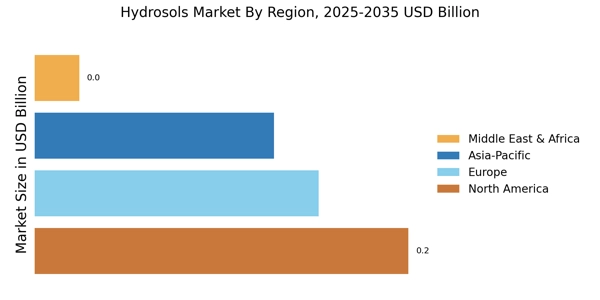
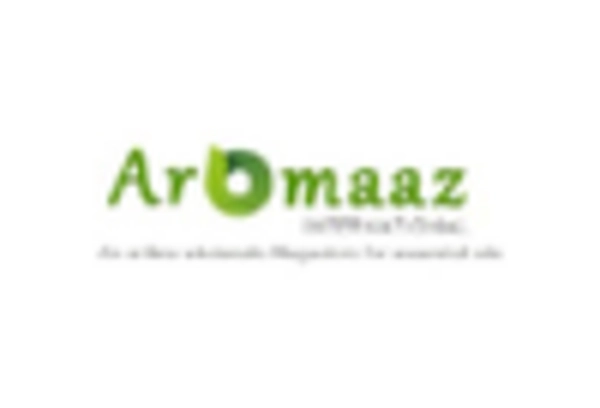
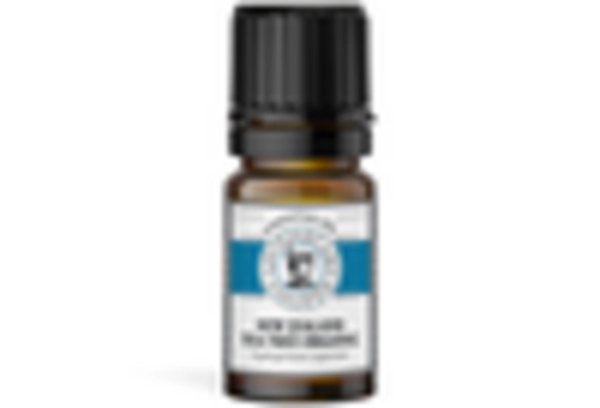

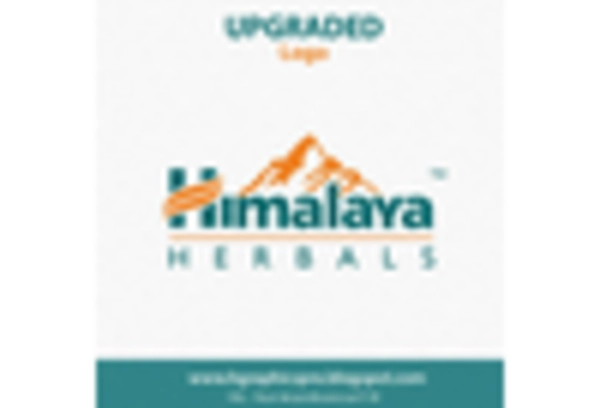
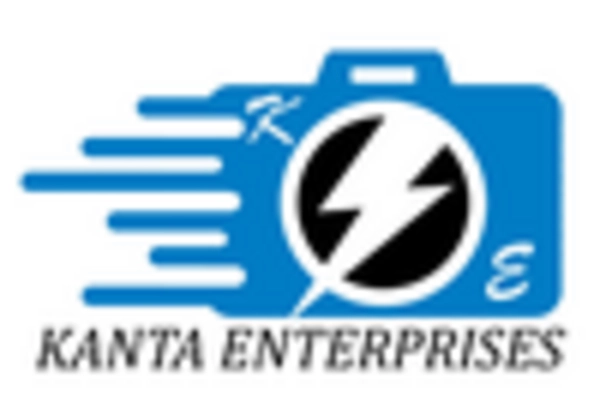
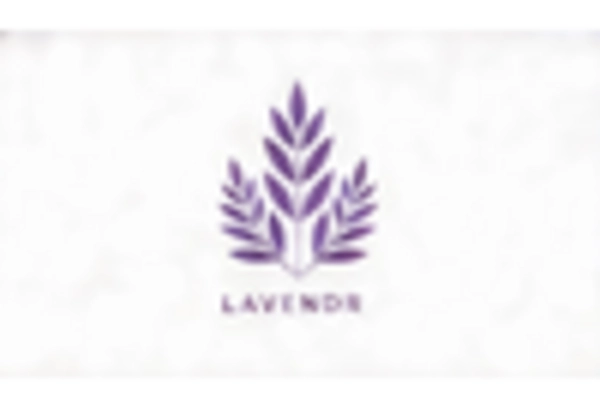








Leave a Comment